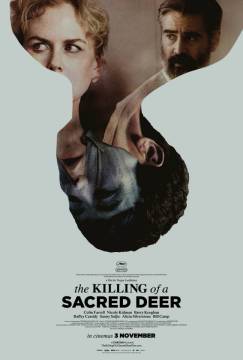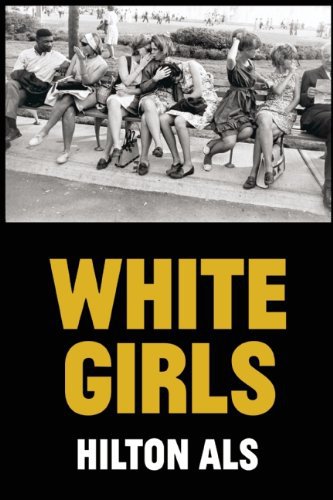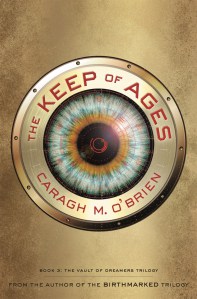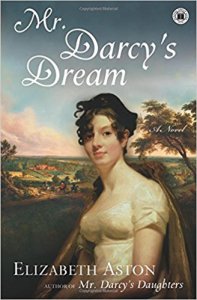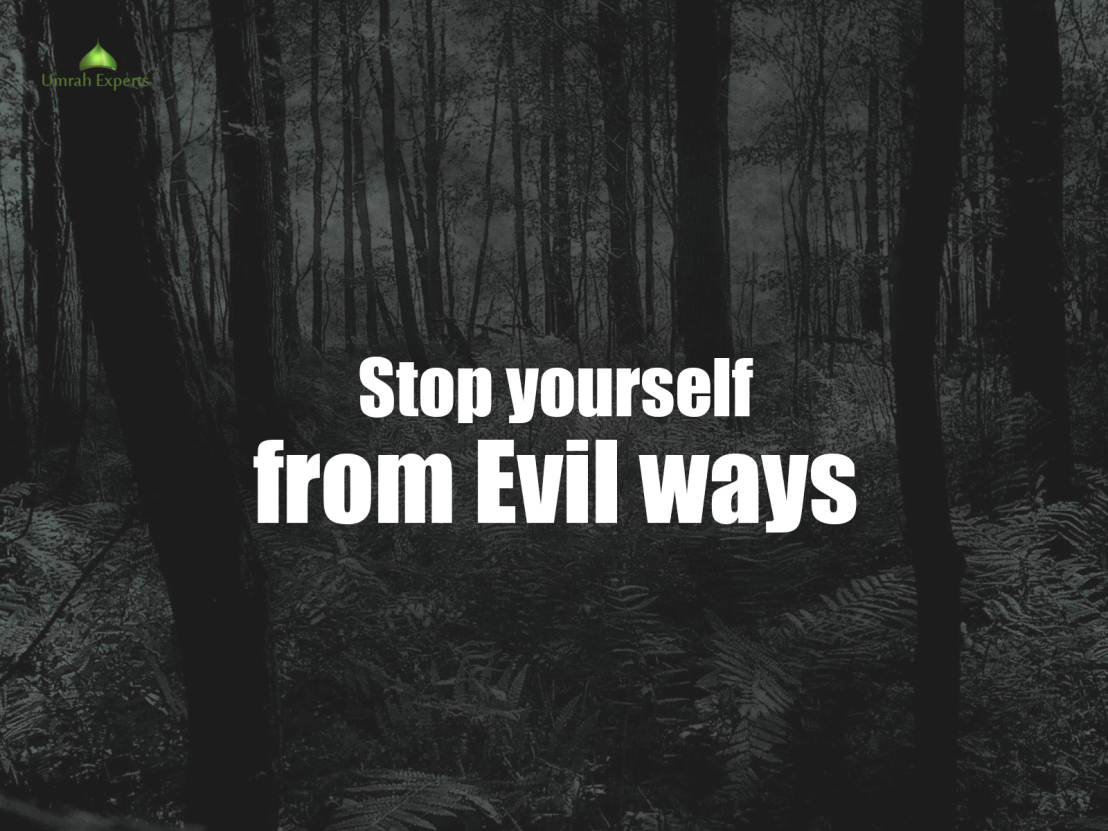Download links for: The Elephant Keepers' Children


Reviews (see all)
Write review
This had some potential, but I feel Hoeg didn't quite achieve it. This is a comedic parody poking at such things as the smart adult behaving kids as sleuths genre in film & books, the G7 or G20, eccentric village inhabitant genre - think Proulx' The Shipping News, and contemporary Copenhagen.There are certainly some wonderful one liners scattered through the book, but I found it a little heavy at times and too long. I hit the halfway point (200 pages) & really only wanted to read another 50 pages to get to the end. I persevered but it was painful. For me, the stupid slapstick and 1960s clunky comedy film gags fell flat. There's even a cake throwing scene which was just plain unnecessary. There was much more, but I think you get the drift.This is not Hoeg's better work & sadly, the parodies had so much scope, but were let down with the plot and the weak comedy.
Peter H├Şeg constructs a story of three children on the fictional Danish island of Fin├Ş. The two brothers and sister one day find that their parents have disappeared and strike out to track them down while navigating through a collection of odd inhabitants of the island. In classic Peter H├Şeg fashion, the story is often just a framework for digressions on life, relationships, and philosophy. For readers willing to travel slowly through the story, savoring the atmosphere and imagery, this book is a treat.
Persistently dreamy, riding the edge of magical realism in a very Danish way.
I think this could have been very clever but I really didn't enjoy it.
Excellent book!
Other books by Fiction
Other books by Peter H├Şeg
Related articles


